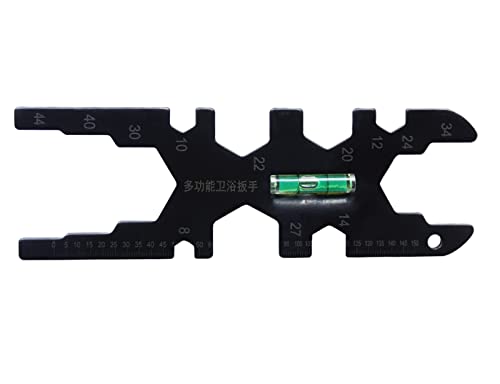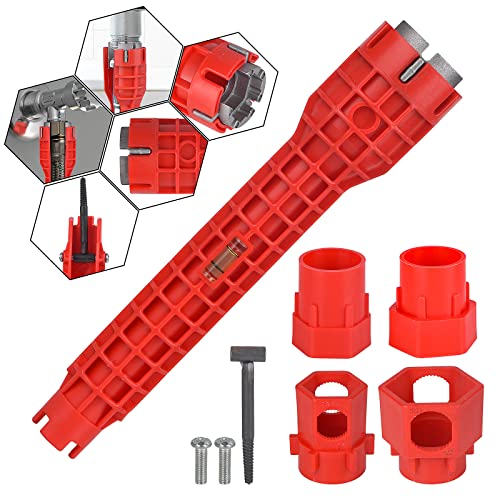cl206
Member
Hi everyone! I am new here and something have been driving me nuts and so i decided to turn to the experts
I am going to be replacing the shutoff valves in my bathroom (1 for toilet and 2 for faucet)
They are angled stop valves which are soldered into the supply tube from the wall and compression fitted on the other end.
My questions are:
1) can i just use a propane torch to melt and remove the soldered joint?
2) the supply tube for the toilet looks easy to reconnect because i have been visiting the plumbing department at home depot so much they think i live there BUT the old supply tubes to the faucet seems to be hard copper directly from the faucet connected to silver colored tubes which is then connected to the stop valve. How should i go about replacing these tubes without removing the entire faucet? (the copper tubes go directly into holes to the faucet) I was thinking maybe cutting it above the joint where the silver copper meets the hard copper and then maybe using a coupling of some type to connect the valve to the remaining copper tube? But it is tight around there.
BUT the old supply tubes to the faucet seems to be hard copper directly from the faucet connected to silver colored tubes which is then connected to the stop valve. How should i go about replacing these tubes without removing the entire faucet? (the copper tubes go directly into holes to the faucet) I was thinking maybe cutting it above the joint where the silver copper meets the hard copper and then maybe using a coupling of some type to connect the valve to the remaining copper tube? But it is tight around there.
I will try to get pics up later today and any suggestions/help are greatly appreciated! THANKS!
-charlie
I am going to be replacing the shutoff valves in my bathroom (1 for toilet and 2 for faucet)
They are angled stop valves which are soldered into the supply tube from the wall and compression fitted on the other end.
My questions are:
1) can i just use a propane torch to melt and remove the soldered joint?
2) the supply tube for the toilet looks easy to reconnect because i have been visiting the plumbing department at home depot so much they think i live there
I will try to get pics up later today and any suggestions/help are greatly appreciated! THANKS!
-charlie
Last edited:





























